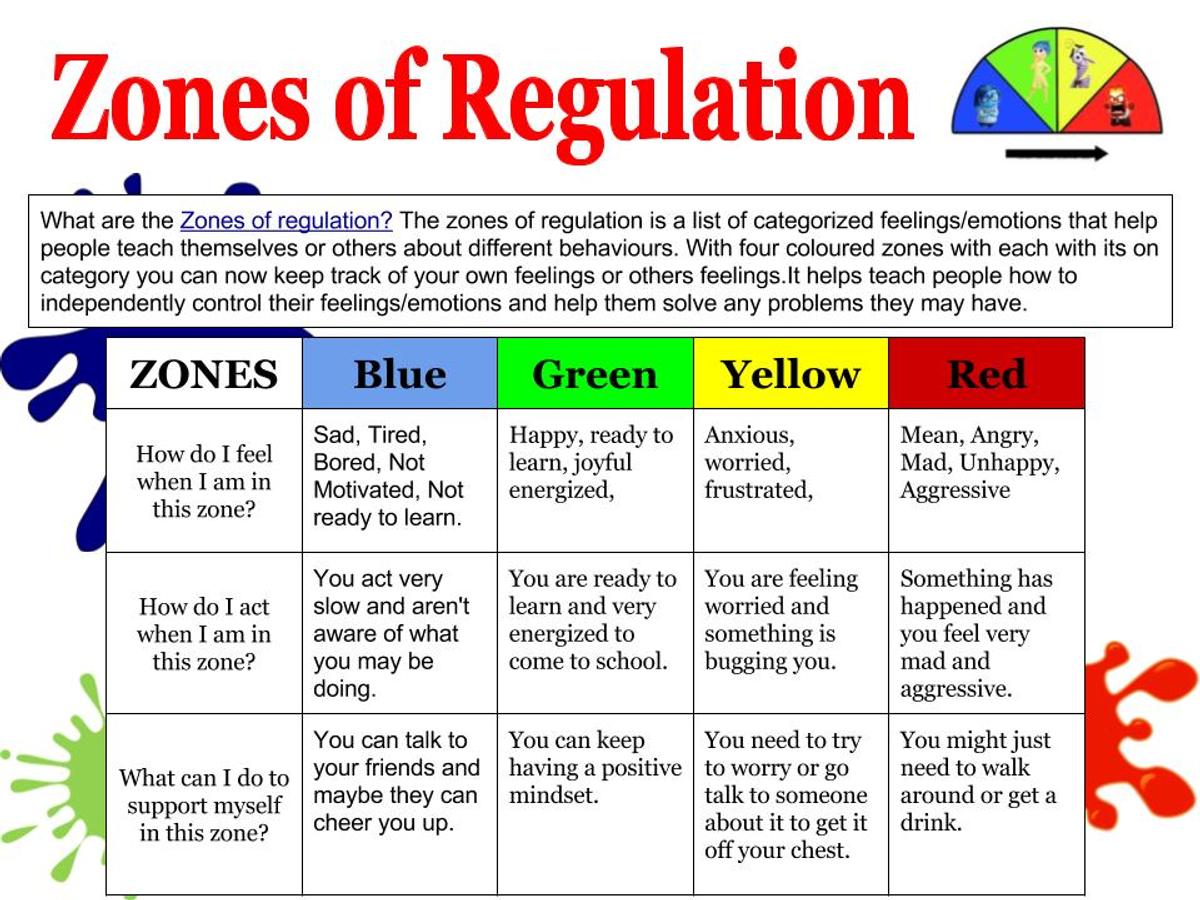Student Wellbeing
Annie McNaughton

Student Wellbeing
Annie McNaughton
This week, all homerooms were introduced to the Zones of Regulation.
The 'Zones' consist of 4 zones which are red, yellow, blue and green.
The zones of regulation allow students to identify how they are feeling and use a variety of strategies to help them work through their feelings and get themselves ready to learn.
Please see the poster below for an explanation of the zones.


Here are some skills taught during The Zones of Regulation:
More information is included in the following link.
https://hes-extraordinary.com/the-zones-of-regulation
All students deserve the opportunity to be successful, happy, healthy and resilient.
Providing and promoting healthy foods plays an important role in the academic success of students.
We know that fuelling children with the appropriate foods helps support their growth and development. But there is a growing body of research showing that what children eat can affect not only their physical health but also their mood, mental health and learning.
The research suggests that eating a healthy and nutritious diet can improve mental health1, enhance cognitive skills like concentration and memory, and improve academic performance.
Children should be eating plenty of nutritious, minimally processed foods from the five food groups:
Consuming too many nutritionally-poor foods and drinks that are high in added fats, sugars and salt, such as lollies, chips and fried foods has been connected to emotional and behavioural problems in children and adolescents.
Schools can play a key role in influencing healthy eating habits, as students can consume on average 37% of their energy intake for the day during school hours alone!6
A New South Wales survey found that up to 72% of primary school students purchase foods and drinks from the canteen at least once a week7. Also, in Victoria, while around three-quarters (77%) of children meet the guidelines for recommended daily serves of fruit, only one in 25 (4%) meet the guidelines for recommended daily serves of vegetables8; and discretionary foods account for nearly 40 per cent of energy intake for Victorian children9.
It’s never too late to encourage healthier eating habits - childhood and adolescence is a key time to build lifelong habits and learn how to enjoy healthy eating.